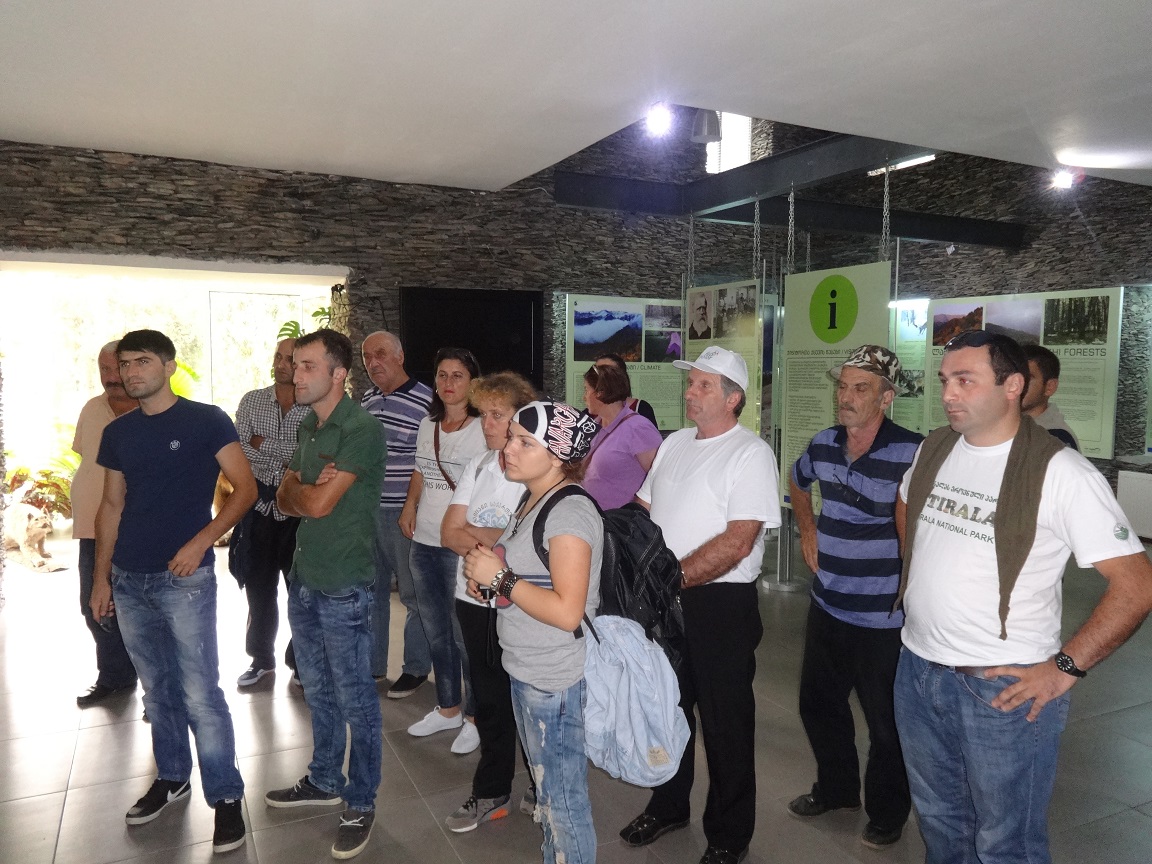

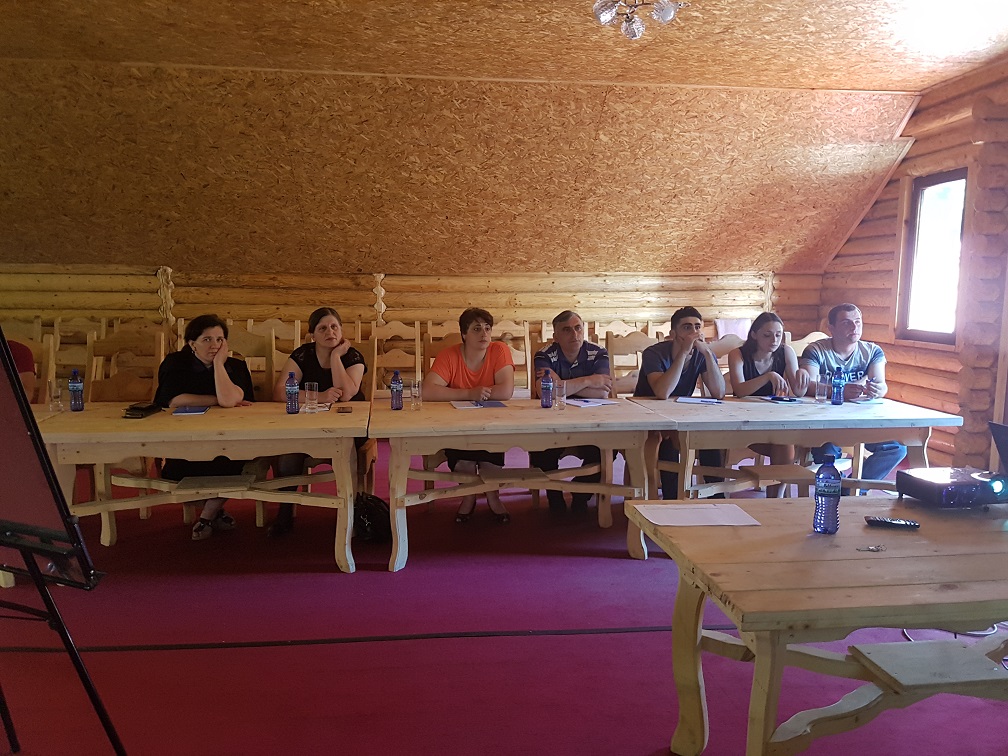
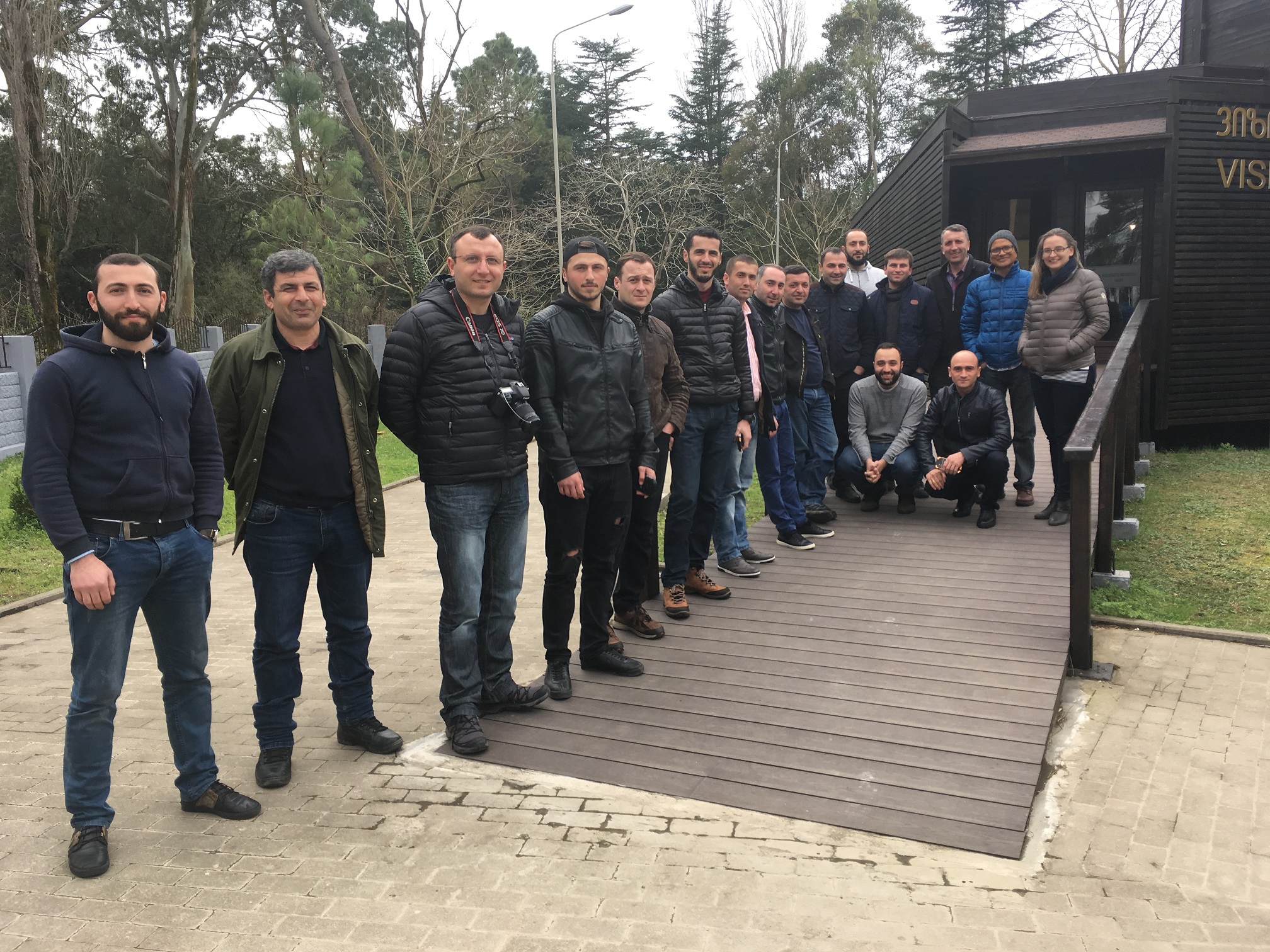
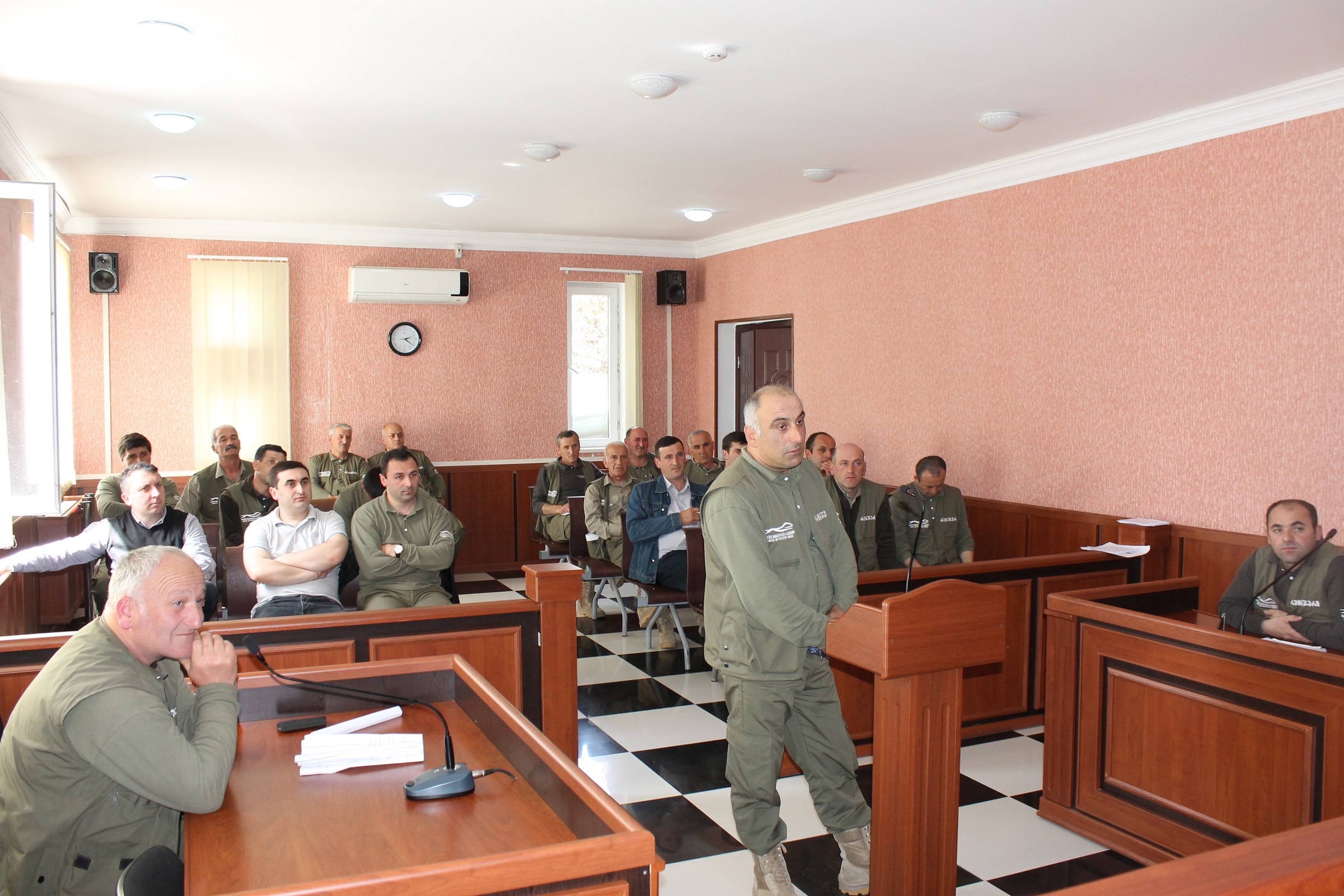
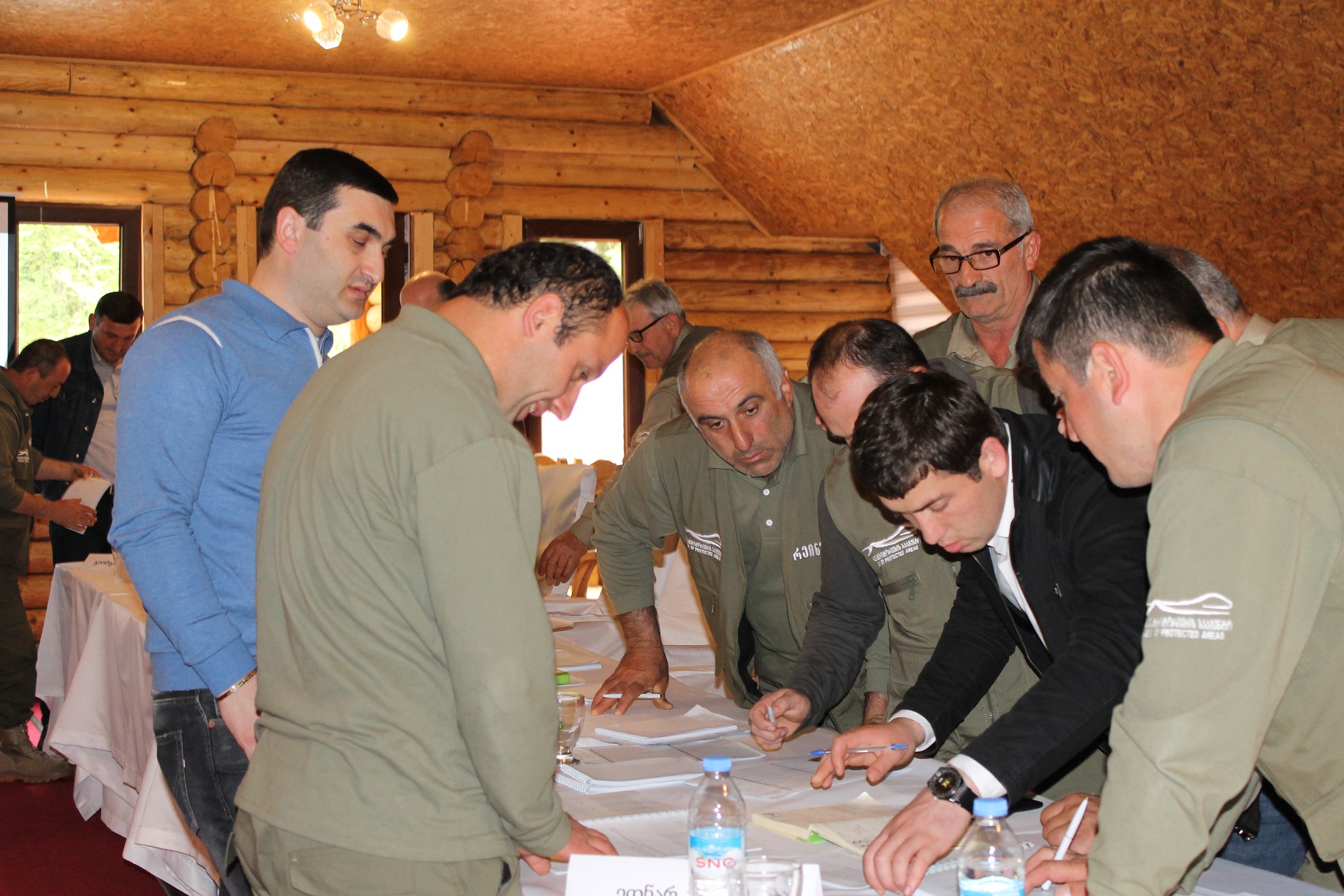
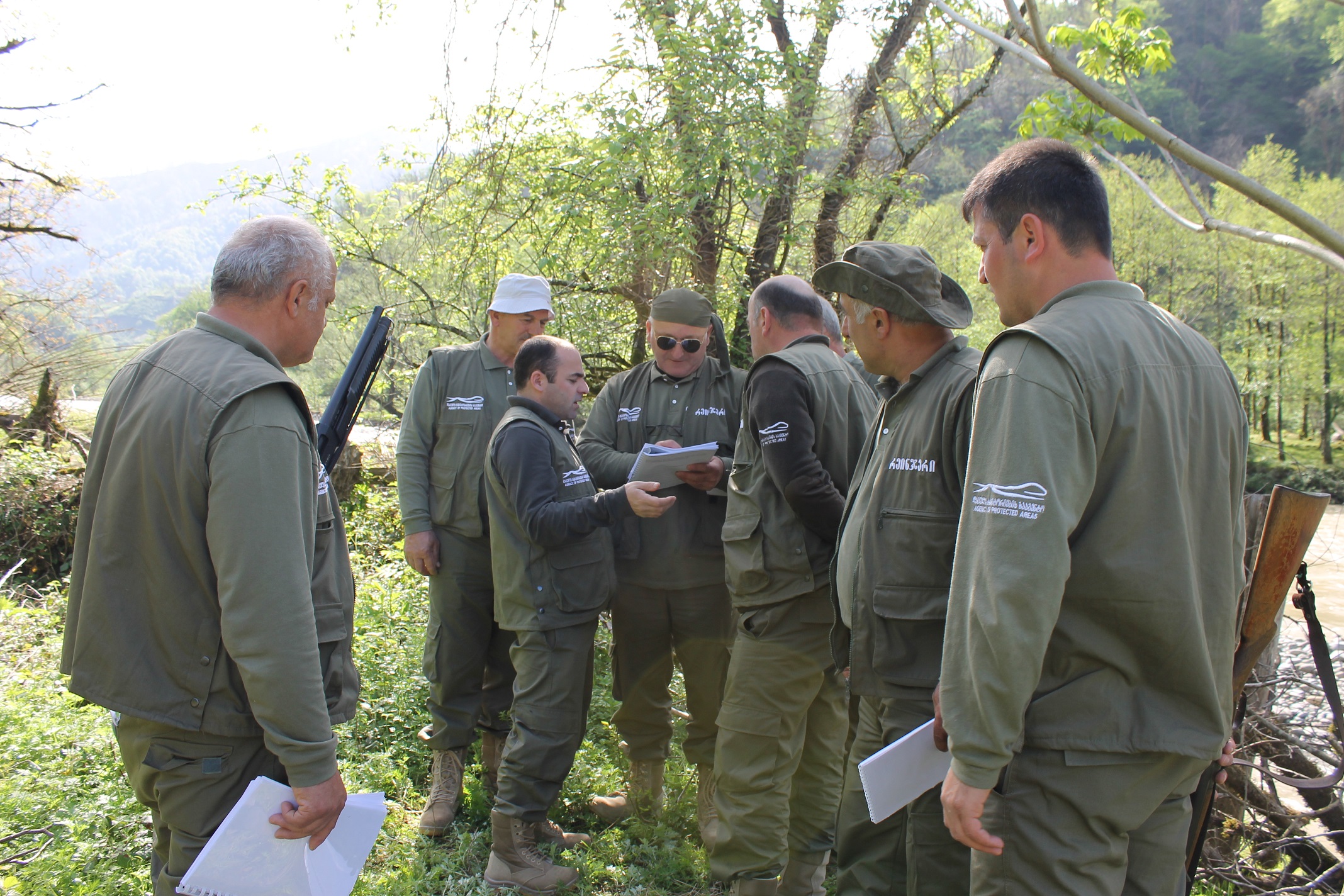
El objetivo del proyecto era aumentar la eficacia a largo plazo de la conservación y el uso de la tierra en los bosques cólquicos de Ajara, y para ello era necesario capacitar a todas las partes interesadas para emprender actividades y un desarrollo adecuados en el futuro.
Para crear esa capacidad, el proyecto aplicó un enfoque polifacético que incluía:
- suministro de equipos e infraestructuras clave al Parque Nacional (PN) y a los hogares locales
- formación orientada a la práctica del personal de las áreas protegidas (AP) y de las partes interesadas locales - formación formal / semiformal impartida por formadores especializados o contratistas
- viajes de estudios a Georgia
- experiencia práctica en el lugar de trabajo
En este último caso, la estrategia del proyecto consistió en garantizar en la medida de lo posible la participación de las partes interesadas en las actividades dirigidas por contratistas y consultores externos. La razón era acumular tanta experiencia práctica local como fuera posible a fin de maximizar las posibilidades de que los beneficiarios pudieran emprender esas actividades por sí mismos en el futuro. En otras palabras, desarrollar la experiencia práctica y la capacidad "en el trabajo" de los beneficiarios (personal de las AP, comunidades locales, proveedores de servicios locales, etc.).
- Fomento de la confianza mediante una mejor comunicación. Durante la ejecución inicial, se hizo especial hincapié en fomentar la comunicación y la confianza entre el Parque Nacional y las partes interesadas locales, con el fin de permitir una cooperación significativa en el futuro.
- Comprensión de los problemas y prioridades de las partes interesadas locales. Los estudios realizados al principio fueron fundamentales para identificar las necesidades reales de desarrollo de capacidades tanto del PN como de las partes interesadas locales y ayudaron a orientar el apoyo al proyecto.
- Participación y aportaciones de las partes interesadas locales.
- Combinar la formación formal con la aplicación práctica de los conocimientos en el puesto de trabajo (cuando sea posible) es mucho más eficaz para crear una capacidad sostenida a largo plazo. Por ejemplo, la formación sobre el cumplimiento de la ley
- Un enfoque de formación holístico que combine e integre formaciones relevantes para una variedad de partes interesadas en el contexto de un AP (es decir, no sólo el personal del AP, sino también la comunidad local, los municipios, las ONG, etc.) es una forma eficaz tanto de ampliar la comprensión y la concienciación de todas las partes, como de construir una amplia base de capacidades y conocimientos locales (por ejemplo, visitas de las partes interesadas a otras AP).
- La existencia de un plan/programa de formación sistemático dentro de la Agencia de Áreas Protegidas (APA) y la retención de materiales de formación y proveedores de servicios de formación pertinentes (es decir, un mecanismo de intercambio de información sobre formación) podría mejorar en gran medida la eficacia futura de la formación pertinente para el personal de las AP.
- La colaboración de los esfuerzos de desarrollo de capacidades con otros proyectos de donantes puede ser un medio eficaz para garantizar la rentabilidad y el acceso a recursos adicionales, así como para garantizar un enfoque más coordinado.